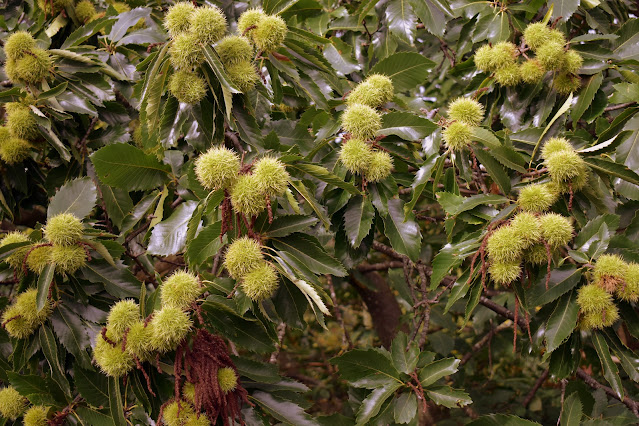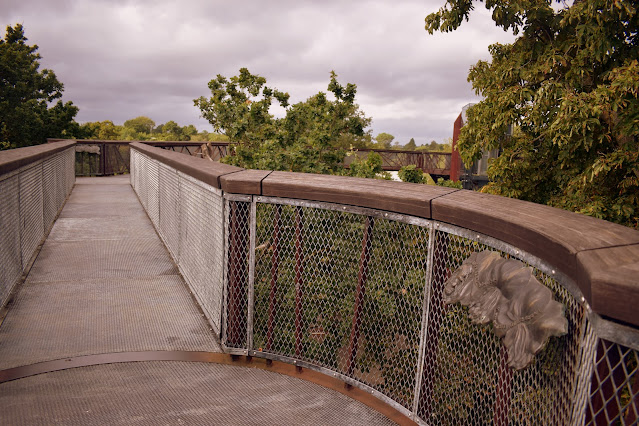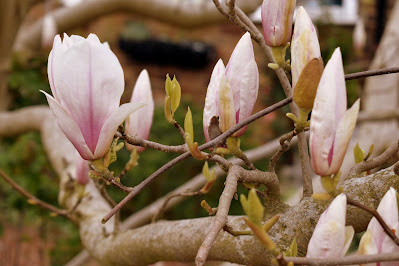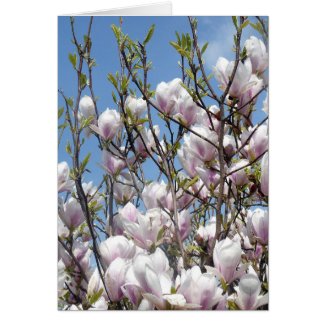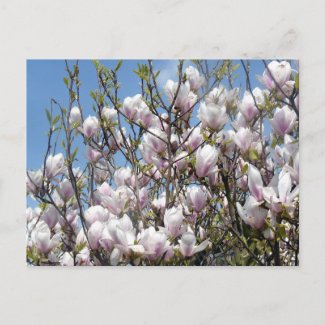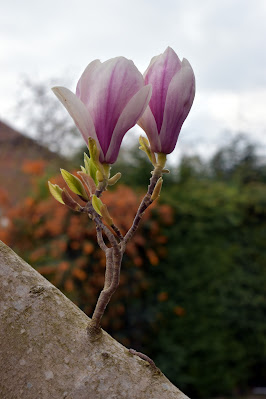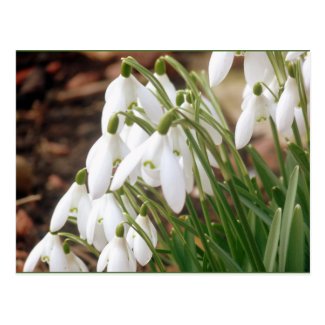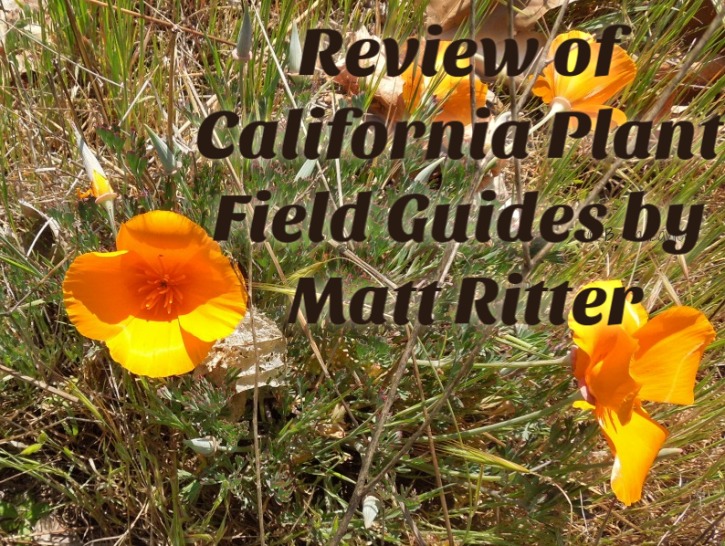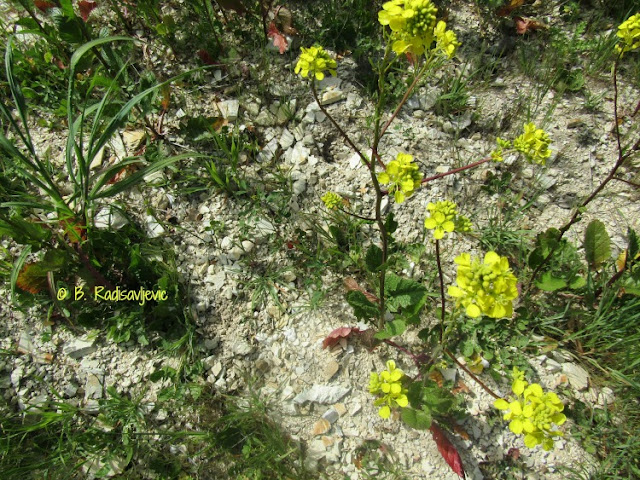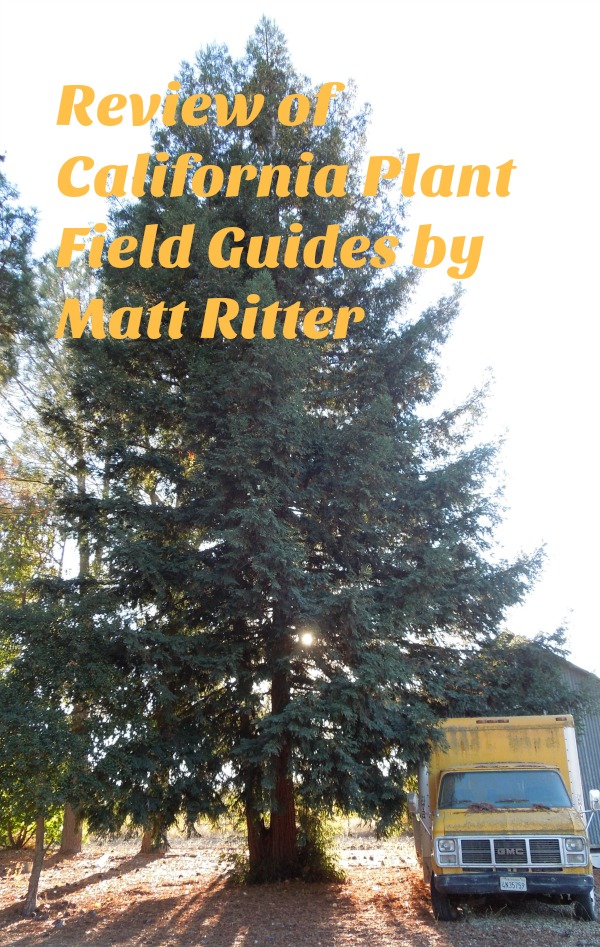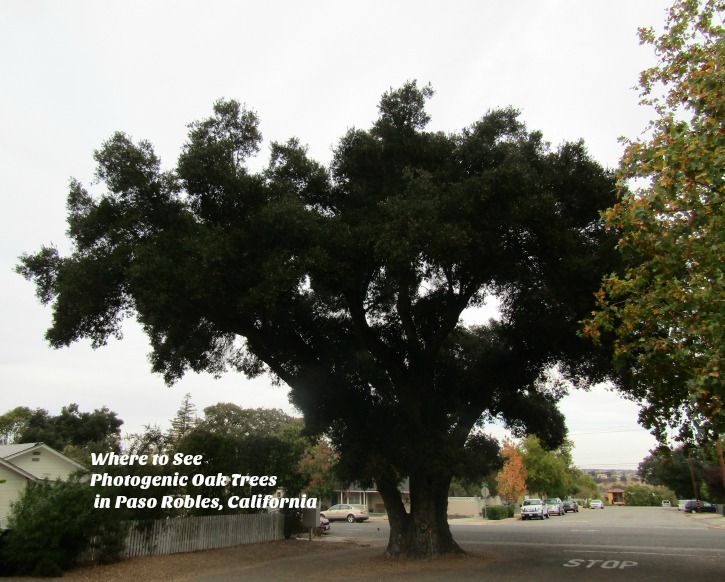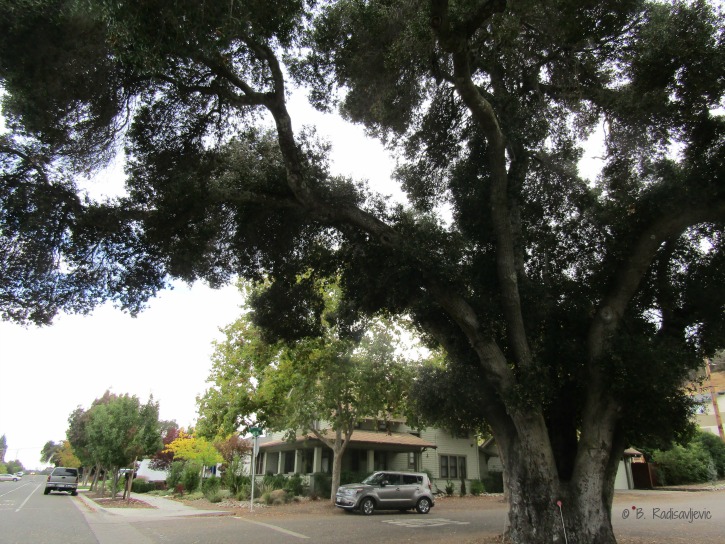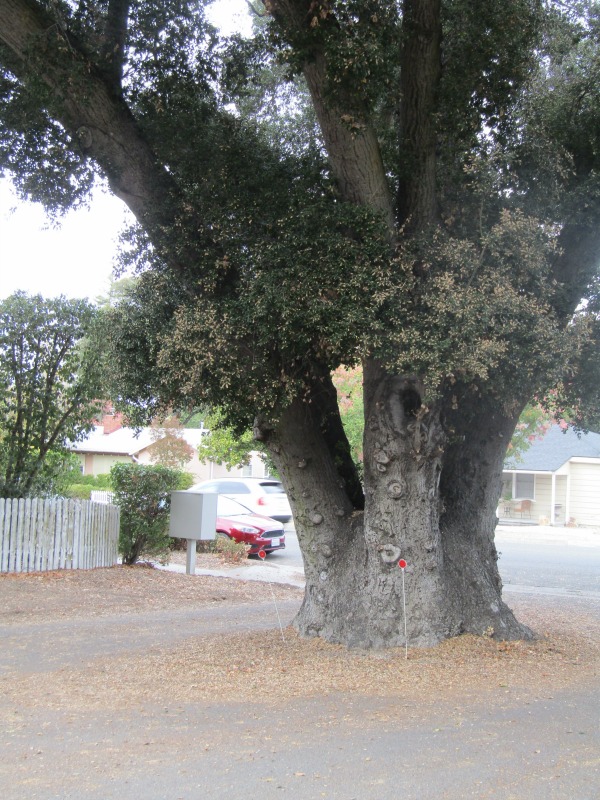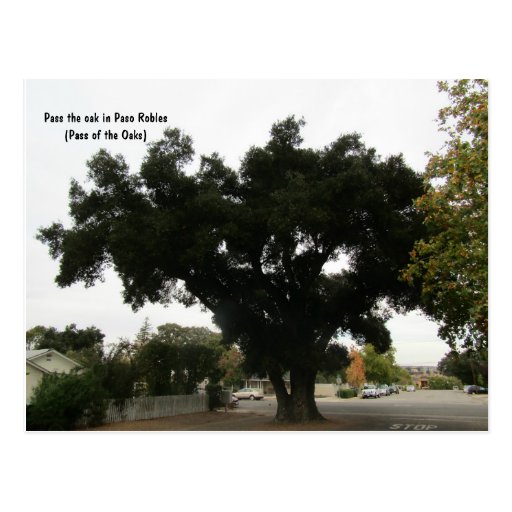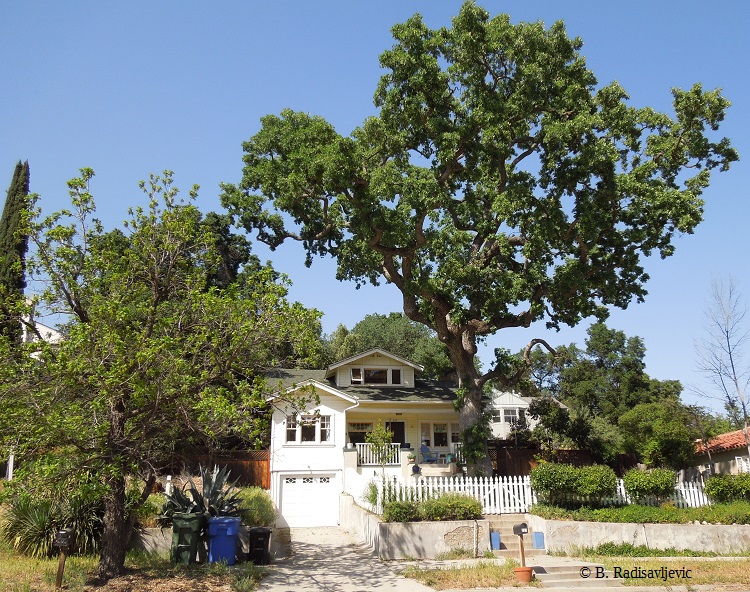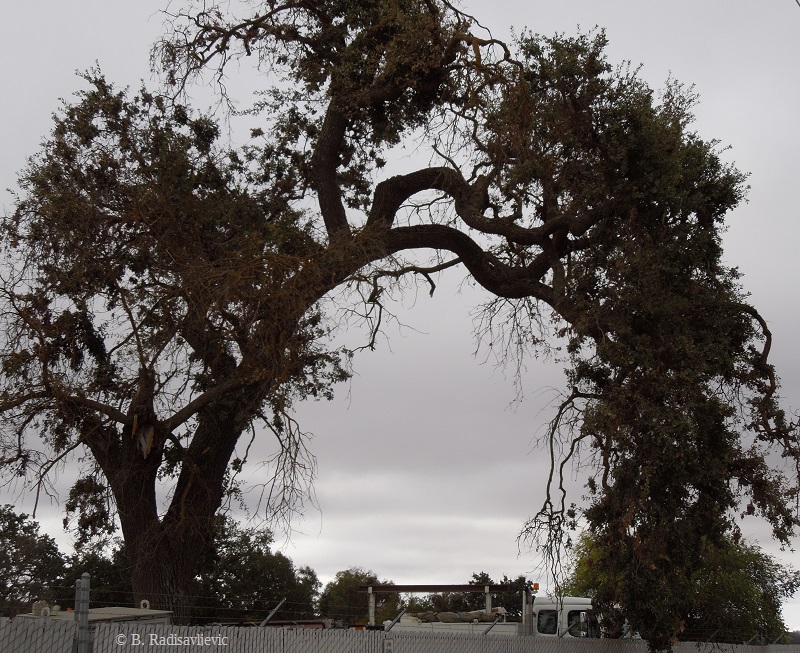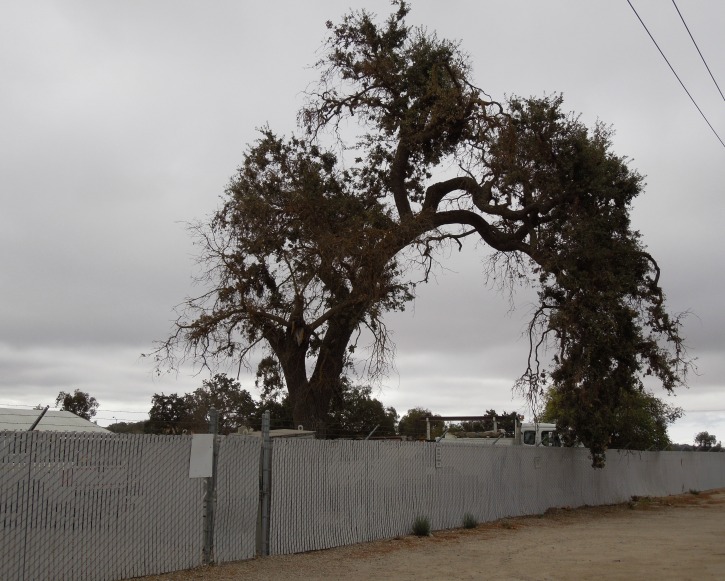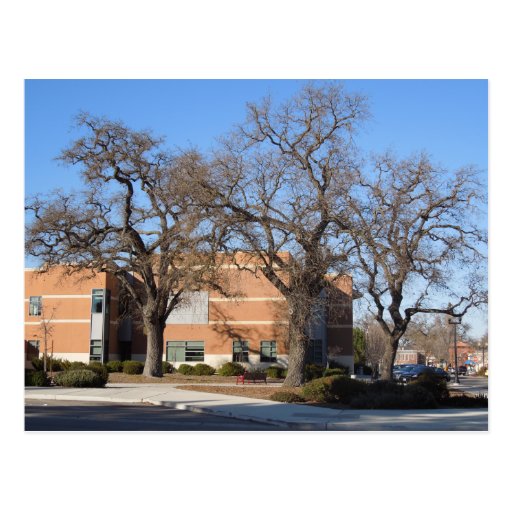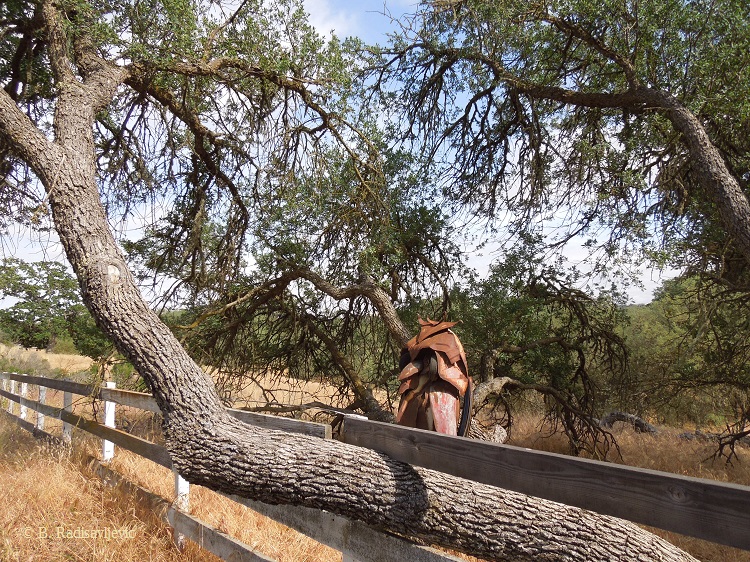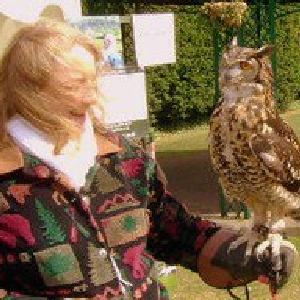
|
| Woodland Walks |
Nature and wildlife are a huge part of my life in so many ways. They are an
integral part of my life, my soul even. They are essential to my
wellbeing.
I had not been able to go for a woodland walk in a long time due to the
Covid lockdowns in our country and having to stay local for walks.
I really missed our woodland walks and the absence of them made me realise
how much I need to be connected to nature for my wellbeing.
I love gardening and have done a lot of that this year but I know I also
need the wildness of a forest. So today I would like to take you with me on
our woodland walks and to discuss why connecting with nature and especially
woodlands is so important.

|
|
Bluebells In Spring Woodland Clearing
|
Walking In Woodland
The obvious benefit to walking in woodland is the exercise. If you are on
a treadmill or exercise bike I tend to notice how long I have been
exercising. However, in a woodland walk, I can roam for hours up and down
hills across streams and I really do not notice that I have in fact been
exercising for maybe 2 hours.
In addition, you receive fresh air enhanced by the gorgeous trees and
shrubs all around you and the experience being outdoors in a different
environment.
Also, I always find woodland to be so calming. Studies have shown that
exercising in woodland decreases stress and anxiety.
There is always something new to see in a woodland from frosty winter trees
against a blue sky, haunting misty scenes, to new buds and spring
flowers.
We share the woods with many animals and birds and so far we have seen
rabbits, squirrels, mice and many species of birds. In fact, it has made me
want to learn more about bird songs as I can often hear the birds singing
but cannot see them.
Most of all I always feel tired yet refreshed after a woodland walk. There
is something about the energy of the tall trees, the green environment,
renewal and being surrounded by wild nature that makes the heart sing and
sets me up for the rest of the day.
Our forest walking began in late winter, early spring when we need some
motivation to go out walking on a cold rather misty day. I love the photo
below as it shows the woodland as a rather enchanted, mystical place.
The trees are bare with branches reaching for the sky and all around seems
asleep, except that we know the buds on the trees and the flowers
underground are just waiting patiently to emerge.
I have never felt afraid in a forest, it is all rather comforting and
familiar to me. I like to feel small against the huge trees that are
protecting, rather than intimidating.
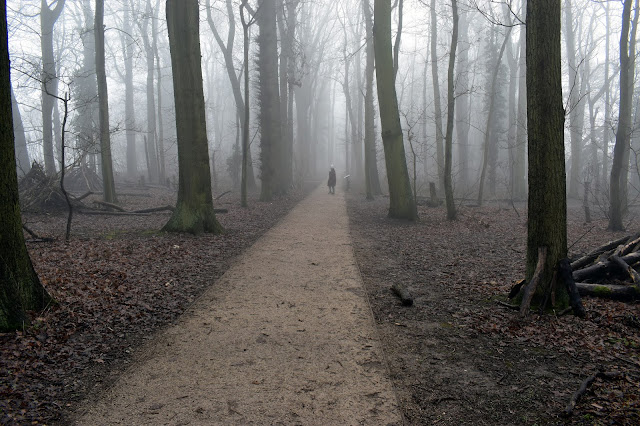
|
|
A Misty Woodland Walk In Early Spring
|
Tree Bark In Woodland
I love to look out for beautiful bark patterns on the trees. The bark is
never just brown, it has amazing patterns and colours, shallow and deep
rivulets.
If you look closely you may see a tiny creature or two going about its
day. An ancient tree has lived so many years, seen so much and overcome
drought with heat and damaging storms.
An ancient tree can give us hope and peace that we too can overcome many
things. While our lifespan is not so long as many trees, we can experience
and overcome so much, flourish and grow.

|
|
Beautiful Tree Bark
|
Fallen Trees In A Woodland
I love to see the fallen trees gradually becoming a habitat for new life.
The natural life of a tree is usually a long one. Trees seed, grow into
young saplings, mature and live long productive lives.
Then if trees are managed well they are either allowed to fall when old
or felled if they become in danger of falling to cause damage or
injury.
Importantly if they are allowed to rest rather than cleared away, there
is a further opportunity in death for them to still live on providing
sustenance and homes for all manner of bugs, insects and mammals.
Their bark eventually decays and enriches the soil and from that springs
more new life and so the cycle of nature goes on just as it
should.

|
|
Fallen Trees Giving New Life
|
Stunning Snowdrops
As winter turns to Spring I eagerly look out for the stunning Snowdrop. I
do not have a favourite flower rather I like to embrace each flower on its
own merits and the snowdrop is a perfect example of a flower that has its
moment in time.
Snowdrops look so delicate, so tiny yet they are strong and tough little
flowers that survive and thrive at one of the harshest times of the
year
I adore the white purity of the flower against the shining green stems
and am always amazed how such a tiny flower braves snow and ice, winds and
wet and comes through it all defying the harsh conditions to bloom so
brightly, so splendidly.
To me, they are a symbol of Hope that the winter is behind us and the
warmer, sunnier lighter days are just around the corner. We also look forward to bluebells, crocus and the wonderful fungi that
appear in the forest.
Woodland Birds
Birds fascinate me more than most animals in the woodland. I am
mesmerized by their singing, the clever way they build their nests and
care for their young and the beauty of their feathers.
I love to look out for blackbirds, sparrows, blue tits and woodpeckers.
It is a lovely way to spend a morning to find a place to sit and listen to
this sound which is as beautiful as the most accomplished orchestra.
In one of the forests we visit, the local Wildlife Trust has set up
birdfeeder stations. If you are quiet and still and patient there is
nothing better than watching the birds dart onto and off the feeders.
Sometimes I take photos, other times I simply experience the moment, in a
state of just being.
I was so lucky we were in the right place at the right time and actually
looking upwards to the tops of the trees, to get the opportunity to take
this photograph of a cormorant perching high to dry his wing feathers
after diving.
Cormorants are distinctive birds that often live in the woodland but
nearby water and there is a large pond in the middle of this forest that
is perfect for this bird to fish in. They have as you can see a long neck
and an almost prehistoric appearance about them. After fishing, it needs
to find a high perch in the open where it can hold its wings out so they
can dry after each dive. I feel so privileged to have observed this
moment in nature.
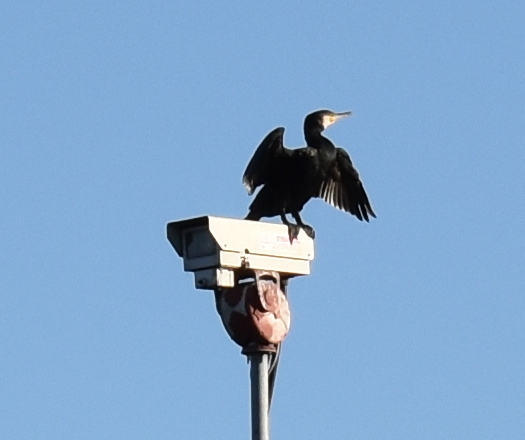
|
|
Cormorant Drying Wings After Diving
|
Spring In The Woods, Nurturing The Soul
As we approach Spring, the clocks go forward, we have longer hours of
daylight and suddenly the forest changes occur very quickly.
The tiny tight buds we saw in early spring now unfurl at a rapid pace and
the previously brown bare branches almost overnight turn into bright fresh
green foliage. This is my favorite time right now.
Everything is fresh and new and bright, the days are longer and there
is the promise of much more to come. Any worries we have seem more
bearable in this beautiful magical environment. I feel a fresh
resurgence of the desire to do things, to grow, to explore.
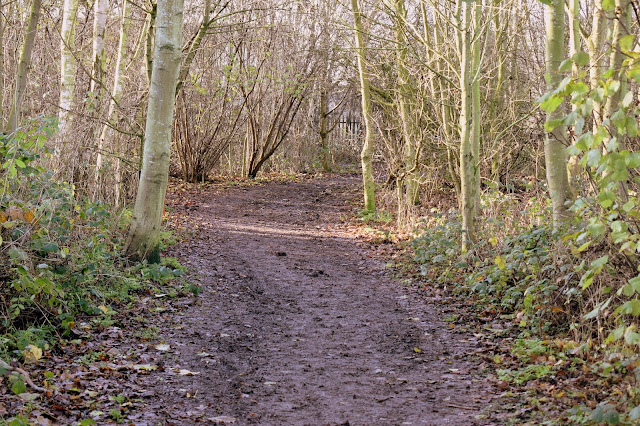
|
|
Early Spring In The Woods
|
It is far too easy these days to become caught up in the everyday noise
of our lives, the television, the news, the traffic to see what is
occurring right with us if we take time to really look and listen.
There is nothing quite like a forest to see that renewal to view the
changes in nature, to feel the growth of new life, to smell the damp soil
underfoot and to hear the beautiful birdsong. To experience the sheer joy of finding a new flower that was not there
the day before.
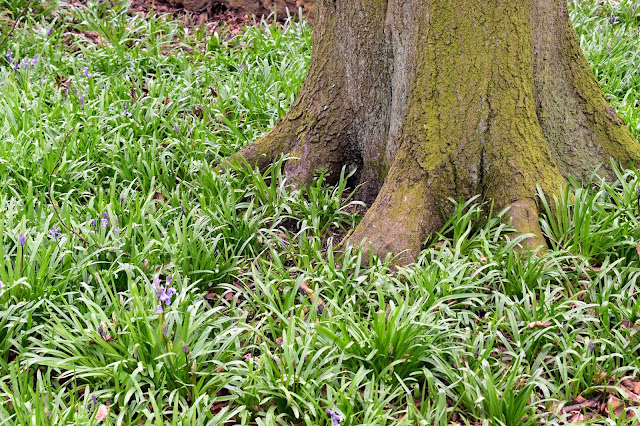
|
|
Beautiful Bluebells!
|
I love this poem by WH Davies which encourages us to "stand and stare" in
nature for our own good.
What Is Life If Full Of Care...?
What is this life if, full of care,
We have no time to stand and stare.
No time to stand beneath the boughs
And stare as long as sheep or cows.
No time to see, when woods we pass,
Where squirrels hide their nuts in grass.
No time to see, in broad daylight,
Streams full of stars, like skies at night.
No time to turn at Beauty's glance,
And watch her feet, how they can dance.
No time to wait till her mouth can
Enrich that smile her eyes began.
A poor life this if, full of care,
We have no time to stand and stare.
by W.H. Davies
Woodland Walking And Wellbeing
I gave some thought to what word I feel when walking in the woods and I
have concluded that the word is "Serenity".
That is the feeling and that is perhaps why so many studies are now
showing that it is vital for us all to spend more time in a natural
environment.
Even if that is only one walk a week it gives us benefits but if we can
make it thirty minutes a day it is beneficial to our overall health and
certainly to our mental and emotional wellbeing.
Life can be quite challenging at times and we all have things we need to
deal with, perhaps more so these days, so we need a place to go to ground
ourselves, to find peace, to find that serenity.
If you, like me love to connect with nature and the countryside and
have a love for trees and woodlands and have enjoyed this glimpse into
my woodland walks, you may enjoy reading this book Wildwood by the late
Roger Deakin. He was a British nature writer and takes us on a journey
through the mysteries of woods, trees and nature in several
countries around the world. His writing is quite beautiful and uplifting
when looking into the spirituality of nature and people's connection
with the natural world.
 14%
14%
So for me walking in woodland is not only an enjoyable activity I always
look forward to whatever the weather and a way to connect with nature, but
it is also an essential part of ensuring my health and wellbeing. I hope
you have enjoyed this walk through the woods with me.
More Nature Articles
Six Ways To Help Wildlife In The Year Ahead
5 Wildlife Gift Ideas Reviewed
Spring Into The Garden Give Nature A Helping Hand A Garden Review
Joy Of The First Snowdrops Diary Of A Wild Country Garden
Note: The author may receive a commission from purchases made using links found in this article. “As an Amazon Associate, Ebay (EPN) and/or Esty (Awin) Affiliate, I (we) earn from qualifying purchases.”






